Thank you to John Roberts for this update - click here for John's original article.
Tudor Society followers from four years ago may remember this historic bench and its many references to Henry VIII and his first wife Catherine of Aragon.
Many notable historians of ancient furniture, including Jonathan Foyle, have determined that the bench displays woodworked artistry from between the 16th-19th centuries, so the question now remains, why were talented craftsmen adding on to a work of art rather than creating one?
The penny dropped early one morning this week with the theory that it's not the BENCH that is the main study here but the HEADBOARD!
This headboard quite literally carries four heads which I believe shows Henry and Catherine at centre flanked by Sir Richard Guildford K.G. (1455-1506). He was courtier to Henry VII and extended his duties to the young couple. Two wooden initials 'H' and 'C' are prominent below the heads of Henry and Catherine. Many of the carvings relate to pomegranates, a Spanish symbol of fertility.
Queen Isabella, Catherine's mother was recorded as carrying the Balas Ruby in a pouch tucked under her left forearm when attending ceremonies. That famous spinal ruby is the centrepiece of the Imperial Crown to this day (God save the King!).
The depiction of Catherine on this headboard shows a mysterious downward stab indentation to the chest area, and includes slashings to her left arm, perhaps signs of dislike towards Catherine's reluctance for a divorce.
The three wood marquetry panels at centre are noteworthy. That type of carving was developed in Antwerp and other Flemish centres of luxury cabinet making in the early 16th century. The three examples depict underwater scenes with reversing shades.
The wooden face of Catherine shows that the black outer varnish has been worn down by adoring fans over many years, quite different to that of Henry's.
I would love to hear from Tudorites on this subject.

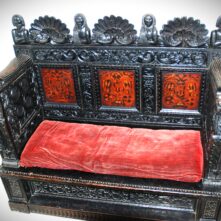
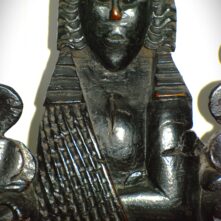
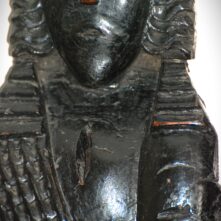
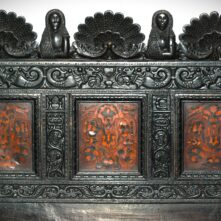
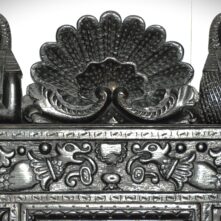
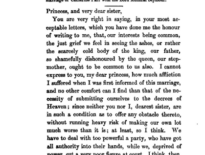

The earliest design features on this peace are Elizabethan in style. A generation too late but perhaps meant to commemorate earlier events or people?